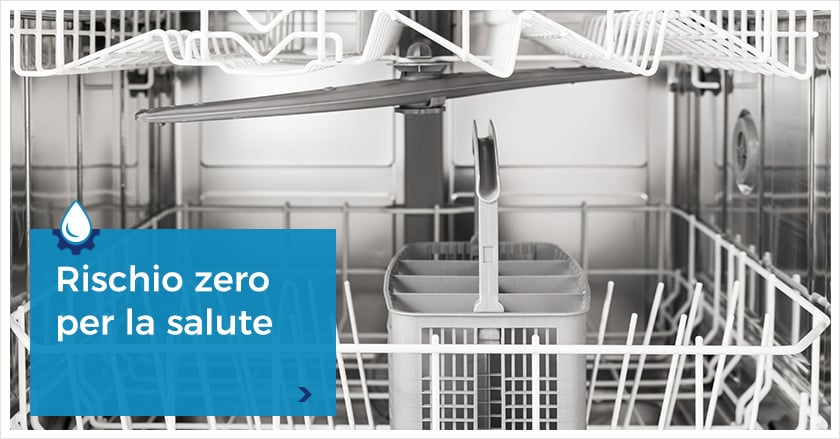
Zero risk to health
When we talk about food production and processing, the use of the correct food grade lubricant is essential in modern industrial production plants, where automation and the correct functioning of the components determine the success of the production itself.
However, if lubrication is not carried out correctly or is done using unsuitable substances and products, it can lead to a non-negligible risk: contamination of the final product.
Relying on a suitable lubricant therefore becomes an indispensable requirement in terms of food safety, so that no residue comes into contact with the food or, in the event of minor contamination, this has no effect on human health.
For this to happen, the lubricant you choose must be guaranteed by special food grade certifications.
Read more in our Blog: Food Grade Lubricants: 5 characteristics of food-grade grease
Food-grade: how to choose the correct certified lubricant
Focusing on the first point of the list above, you should know that NSF International has classified all food-grade lubricants according to a scrupulous and meticulous categorisation of the chemicals used in them and obviously deemed suitable for use.
From this in-depth analysis, NSF-certified food-grade lubricants are divided into two macro categories:
- H1-certified lubricants, which can come into contact with food in very small quantities (clearly accidentally)
- H2-certified lubricants, which can only be used inside machinery in closed systems, where contact with food is impossible
What does this distinction entail?
Often nothing, in the sense that many use H1-certified lubricants only out of fear of incurring penalties, although there is no risk of contamination due to the structure of the component.
But in reality, this division forces you to carry out a detailed analysis of two fundamental aspects:
- The point of application
- The operating conditions to which the lubricant is subject, such as for example, if it holds up well at certain temperatures, if it is to be used in a cooking oven, for example.
Food grade: examples of certified lubricants
To meet all your possible lubrication needs in the food sector, we at Macon are able to develop food-grade lubricants customised to the customer's needs.
For example, to assemble the seals, manufacturers of refrigerators and dishwashers will need a silicone lubricating grease with a high concentration of PTFE - such as Fluorsil 607 FG, which was developed as a specific product for one of our customers before becoming one of the leading solutions in food-grade environment, thanks to its ability to lower friction in the closing mechanisms.
If, on the other hand, your business is in the construction of tanks to contain fluid foods, Fluorogrease 250513/B is the food-grade lubricant you need, with its EPDM and silicone inserts, much appreciated due to not promoting the swelling of rubber.
Instead, Fluorogrease 754 A-FG, another fluorinated grease that we have diversified into certain elements from its cousin Fluorogrease 250513/B, is for when you are dealing with machinery for food packaging.



